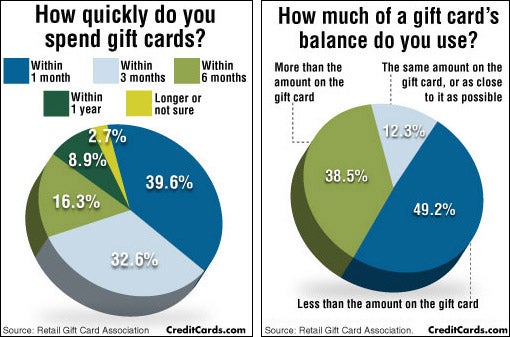Whether you are servicing glasswear or honor spaces, and even rock, the concealing material you pick can have a substantial result on your results. The appropriate mask depends upon what you are blasting, and how long the etch will certainly be.
Making use of handwear covers is very important to avoid any kind of oils on your hands transferring to the glass or stencil. Tidy the glass completely prior to placing your stencil and apply the etching lotion.
Silicon Carbide
Silicon Carbide (SiC), also called carborundum, is a difficult chemical compound of silicon and carbon. It takes place naturally as the uncommon mineral moissanite, very first uncovered in 1893 at the Canyon Diablo meteor crater in Arizona. It is likewise artificially created as a powder and as crystals.
It has a Mohs hardness rating of 9, nearly as high as diamond, and is very heat-resistant. It is made use of in grinding wheels and rough paper and cloth items, along with being an electrical insulator.
Silica carbide is a popular abrasive in modern-day lapidary due to its sturdiness and cost. It has the ability to hold up against high temperatures and is immune to acids and alkalis except hydrofluoric acid and its salts. This makes it a superb option for use in sandblast closets. Unlike aluminum oxide, it has no totally free silica and develops no static power leaving your blasted surface and sandblast closet window tidy of abrasive dirt.
Light weight aluminum Oxide
Aluminum Oxide is a challenging, long lasting rough grit product that can be used as a reliable replacement for sand. It has an angular shape, which aids to cut into and etch surfaces quickly and conveniently. It can likewise be utilized to prepare surface areas for paint, round sharp edges, and supply a consistent-looking coating.
Like silicon carbide, it is extremely hard, with a ranking of 9 on the Mohs scale. Nonetheless, unlike silicone carbide, it does not generate fixed electrical power and has no cost-free silica. It likewise has a much longer service life than its counterparts, so it can be purchased in bulk and saved for future jobs without degrading.
It additionally offers a reduced cost than various other blast media, making it budget-friendly for any kind of industrial spending plan. On top of that, it is considered an annoyance dirt by OSHA rather than a dangerous material, which makes it much safer to manage. This is why it is the recommended blowing up material for numerous experts.
Sand
Sandblasting is a high-pressure blasting method that makes use of a selection of materials to clean and engrave surface areas. Most typically, sand, glass beads, and aluminum oxide are used. These materials can be very effective for both decorative and practical applications. They provide matching couple glasses longevity, convenience, and are cost-effective. They are also environmentally friendly and safe to utilize.
The kind of engraving you pick relies on the look you intend to achieve and your budget plan. Both acid etching and sandblasting create lovely outcomes. The distinction is that sandblasted glass has a frosted appearance and can be extra described in its design. It is less complicated to preserve and less susceptible to finger print marks than etched glass.
Both methods are flexible and work well on bent or level panels of glass. When you are finished, ensure you completely wash your glass to remove all of the unpleasant product and stencil tape before applying any sealants. This will certainly make sure that the etching is also and satisfies your expectations.
Glass Beads
Glass beads are the preferred masking material for glass etching because of their ability to create top notch surfaces. They are also safer to make use of than other blowing up products, indicating you can finish the job faster and with less threat of injury.
Glass grain blasting jobs well with a wide variety of steels, alloys, and plastics. It can be utilized for surface area preparation, deburring, peening, and brightening on machined, made, and casted parts.
The round shape of the glass grain produces a smooth finish that is ideal for surface areas that require a consistent look and structure. The blowing up process generates very little dust, which aids to preserve presence and tidiness in the work area.
Glass grain blowing up is additionally commonly made use of in shot peening, a process that reinforces metal surface areas by producing compressive tension layers externally. This enhances the exhaustion resistance of metal parts, making them less vulnerable to breaking and brittleness. Glass grains are additionally a component in reflective paints, which are commonly utilized to make roadway markings visible throughout nighttime driving problems.
